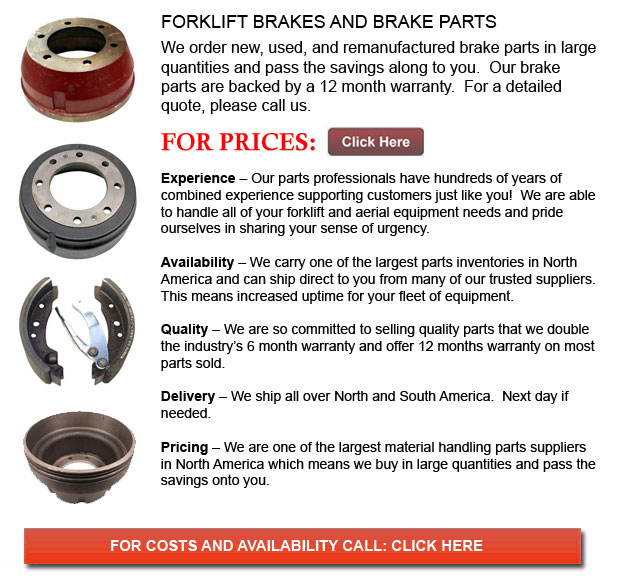
Forklift Brakes - A brake wherein the friction is provided by a set of brake shoes or brake pads which press against a rotating drum unit known as a brake drum. There are some particular differences among brake drum types. A "brake drum" is commonly the definition given when shoes press on the inner outside of the drum. A "clasp brake" is the term used so as to describe whenever shoes press against the exterior of the drum. Another kind of brake, called a "band brake" uses a flexible band or belt to wrap round the outside of the drum. Where the drum is pinched in between two shoes, it can be referred to as a "pinch brake drum." Similar to a conventional disc brake, these types of brakes are quite uncommon.
Old brake drums, previous to nineteen ninety five, required to be constantly adjusted in order to compensate for wear of the shoe and drum. "Low pedal" can cause the needed modifications are not performed satisfactorily. The vehicle could become dangerous and the brakes could become useless whenever low pedal is mixed with brake fade.
There are a variety of Self Adjusting Brake Systems presented, and they can be categorized within two main types, RAD and RAI. RAI systems have in-built devices that avoid the systems to be able to recover if the brake is overheating. The most recognized RAI manufacturers are Lucas, Bosch, AP and Bendix. The most famous RAD systems include AP, Bendix, Ford recovery systems and Volkswagen, VAG.
Self repositioning brakes generally use a device that engages only if the vehicle is being stopped from reverse motion. This stopping technique is suitable for use where all wheels use brake drums. The majority of vehicles today use disc brakes on the front wheels. By functioning only in reverse it is less likely that the brakes will be adjusted while hot and the brake drums are expanded. If tweaked while hot, "dragging brakes" can take place, which raises fuel consumption and accelerates wear. A ratchet device which becomes engaged as the hand brake is set is another way the self repositioning brakes may operate. This means is only appropriate in functions where rear brake drums are utilized. If the emergency or parking brake actuator lever exceeds a certain amount of travel, the ratchet developments an adjuster screw and the brake shoes move in the direction of the drum.
Situated at the base of the drum sits the manual adjustment knob. It can be adjusted using the hole on the other side of the wheel. You will have to go underneath the vehicle utilizing a flathead screwdriver. It is very essential to adjust every wheel evenly and to be able to move the click wheel properly for the reason that an unequal adjustment may pull the vehicle one side during heavy braking. The most effective way to make certain this tiresome task is completed safely is to either lift each wheel off the ground and hand spin it while measuring how much force it takes and feeling if the shoes are dragging, or give every\each and every one the same amount of clicks using the hand and then do a road test.
![]() Click to Download the pdf
Click to Download the pdf
Forklift Parts
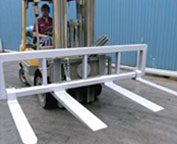
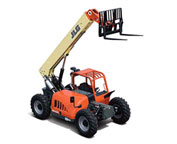

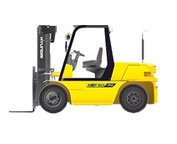
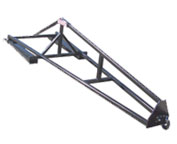
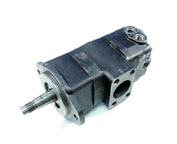
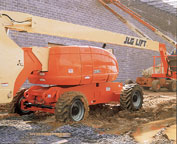

Lift Parts Express
TOLL FREE: 1-888-695-7994
LOCAL: (510) 727-5652
22568 Mission Blvd #407
Hayward, California
forkliftpartshayward.com
Email Us
About Us


